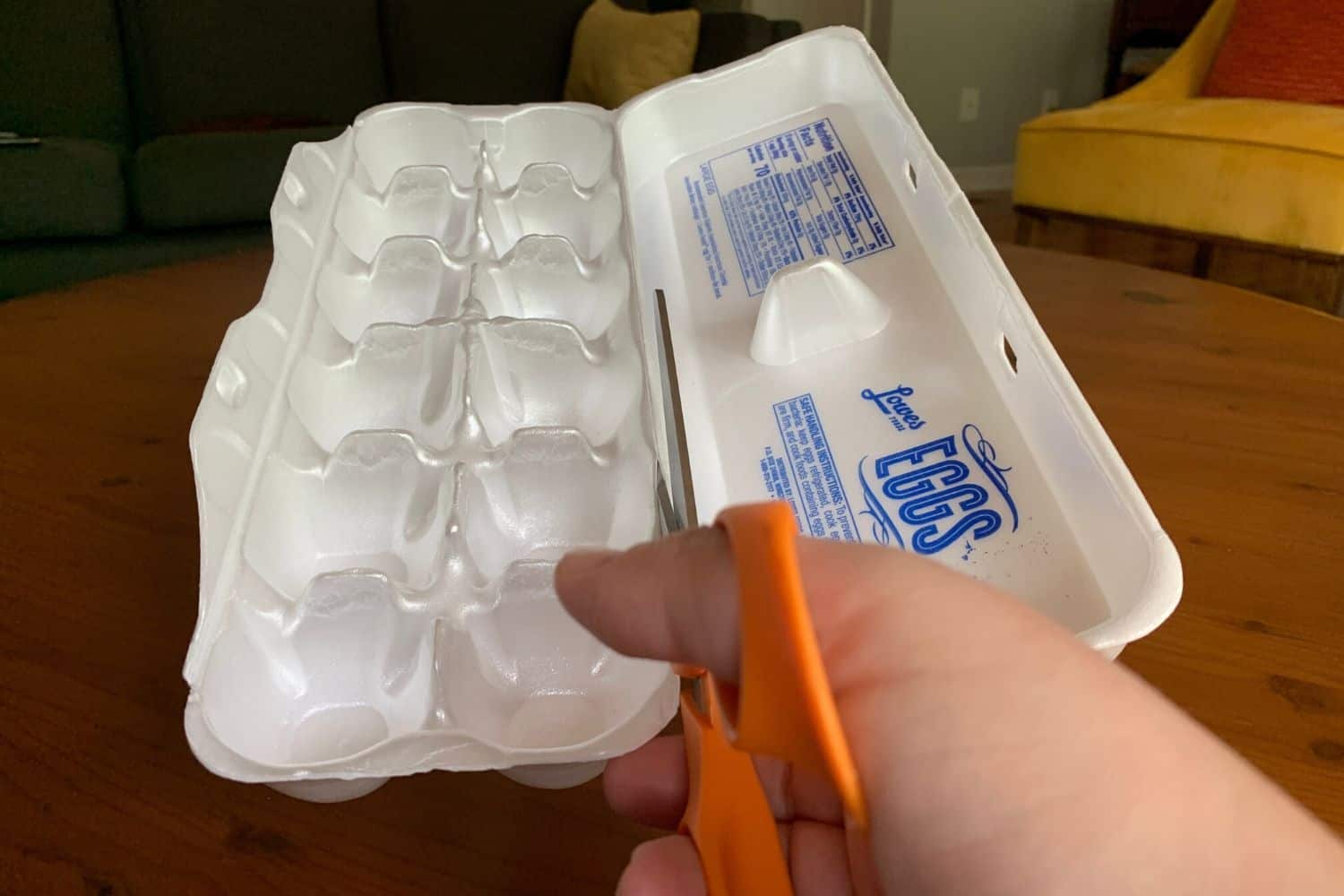
The materials used are not important - the hollows might be scraped in the ground or in sand, they might be carved in a soapstone board or made from an old egg box. The playing pieces should be hard objects small enough so that 12 or 15 of them will comfortably fit in one hollow. The game of Oware is played on a surface consisting of two rows of six hollows.
#Mancala playing pieces full#
Instead, they are a full set of instructions for friendly play and include additional comments designed to assist with the understanding of the game. These rules are not intended to be a complete set of standard regulations encompassing all situations that might be encountered in play. The full game of Bao Kiswahili is one of the most complicated of all the Mancala games so for this reason, a beginners version called "Bao La Kujifunza" has been outlined. The fourth game is a version of Bao Kiswahili another very popular game played on a four-rank Mancala board, which is played in Zanzibar, Kenya, Tanzania, Malawi, Zambia and eastern Zaire. We have two versions played on a 2 x 8 board in Kenya - Bao for children and beginners and a version of Bao from Kenya played with 32 pieces. The third game is simply called Bao (although Bao is a generic term referring to a number of Mancala games played in East Africa). Oware Nam Nam is a game played on the same board by children in and around Ghana although it is just as complicated and quite different to Oware. Oware (or variants of it) is the most commonly played Mancala game in international competition. The first game listed here is Oware which is played on a two-rank Mancala board and which is common to West Africa and the Caribbean. Throughout Africa, the West Indies, India and Arabia literally hundreds of variations exist. In conclusion, mancala is a simple and fun game that can be played in ten minutes or less.Probably more than any other game, variations of the board game Mancala are multitudinous. But, you don’t even have to pay for this game if you don’t want to - you can just make it in your backyard! An easy way to make it is with an egg carton, too! You can find wooden mancala boards on most websites like Amazon. As for the board, it can be etched, drawn, carved, or even imagined. Marbles, stones, beans, shells, and beads are all playing pieces used today. Mancala has no specifics for the pieces, so they can be virtually anything small and lightweight. Later, boards were played with a whittled/carved wooden or stone tray. Pictures of early setups show that the game was made by digging seven holes for each player in the ground (using rocks as the movable pieces). Mancala emerged more than hundreds of years ago - so, it was created with simplicity and minimal resources.


Both of the competitors count how many ‘stones’ are in their mancala, and the player with the most ‘stones’ is crowned the winner! The game of mancala is over when one player has no more pieces on their side. An advanced rule for when you get the hang of the game is to implement: when you land in an empty spot on your side and there are one or more ‘stones’ on the opposite side (your opponent’s side) you get to capture all of their ‘stones’ (after, the opponent takes their turn as normal). After they finish their turn(s), the other player picks up a pile on their side and takes their turn in the same fashion. If their last ‘stone’ is placed into their collection pit, they get to pick up another pile and, basically, earn another turn.


If they come around to their collection pit, they place one in it and continue going around as needed. They pick up all of the ‘stones’ and drop them into each succeeding hole, going clockwise around the board. So, to start a turn, the first player chooses one of the 6 holes on their side to move. The objective of the game is to capture more ‘stones’ than your opponent. You can look at the picture above for more information. To set up, you should place four ‘stones’ in each of the 12 smaller holes. Additionally, there are two slightly larger pits for each player to place their captured pieces in. It consists of a board with six circular holes for each player (the game is a two-player game), making the board a 2 by 6. Some versions of the game even trace back to the 7th century, making it one of the oldest known games to still be well-known today!Īlthough no one game exists by the name of ‘mancala’, there is one main version of the game. Once mancala spread around to different regions and cultures, variants were created. Mancala originated in Africa and was found in Ancient Egypt and the ancient Near East. Dear Reader, are you tired of the board games with lots of specific plastic pieces and page after page of long rules? Well, mancala is the game for you! It is very easy to learn - and once mastered, no two matches are ever quite the same.


 0 kommentar(er)
0 kommentar(er)
